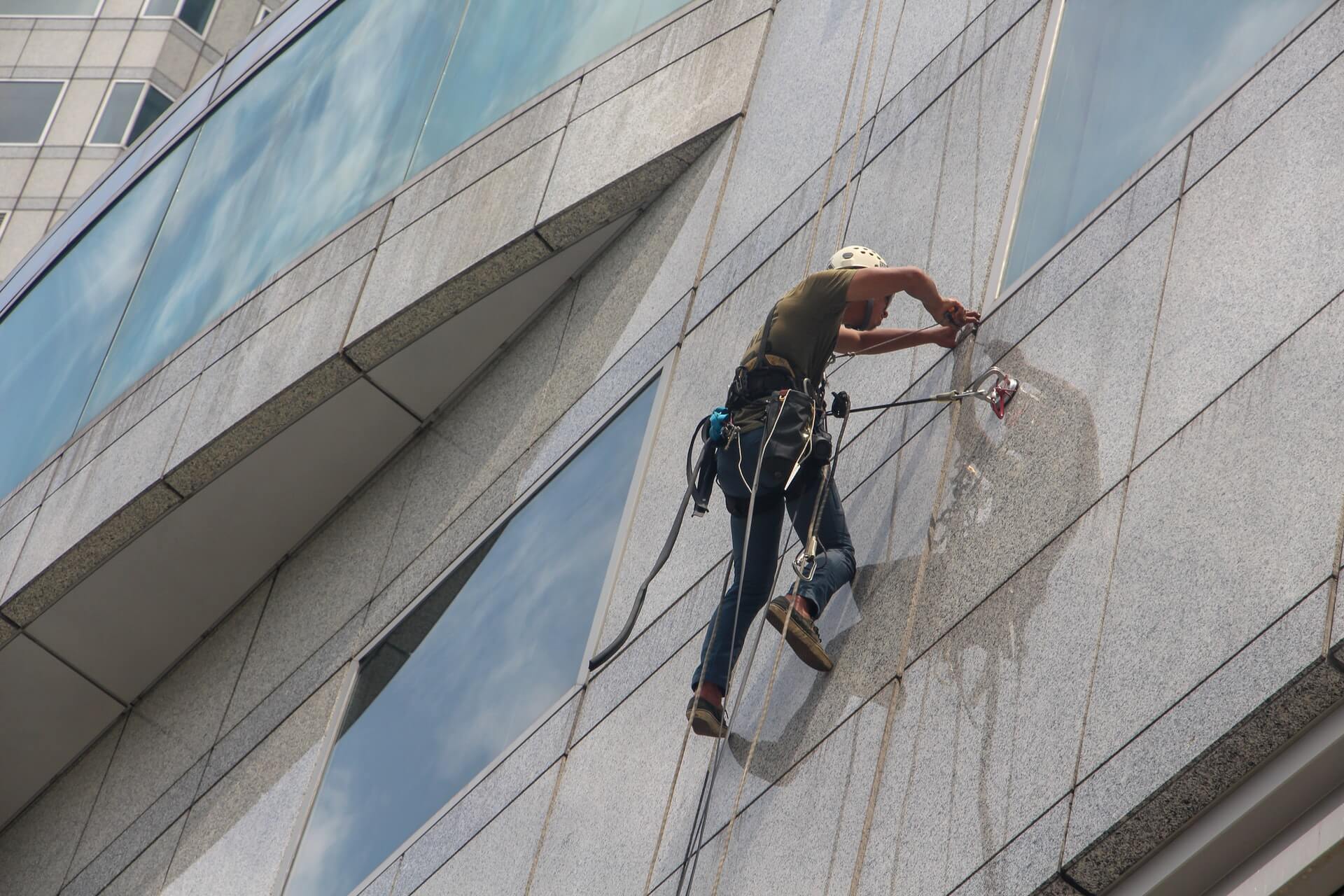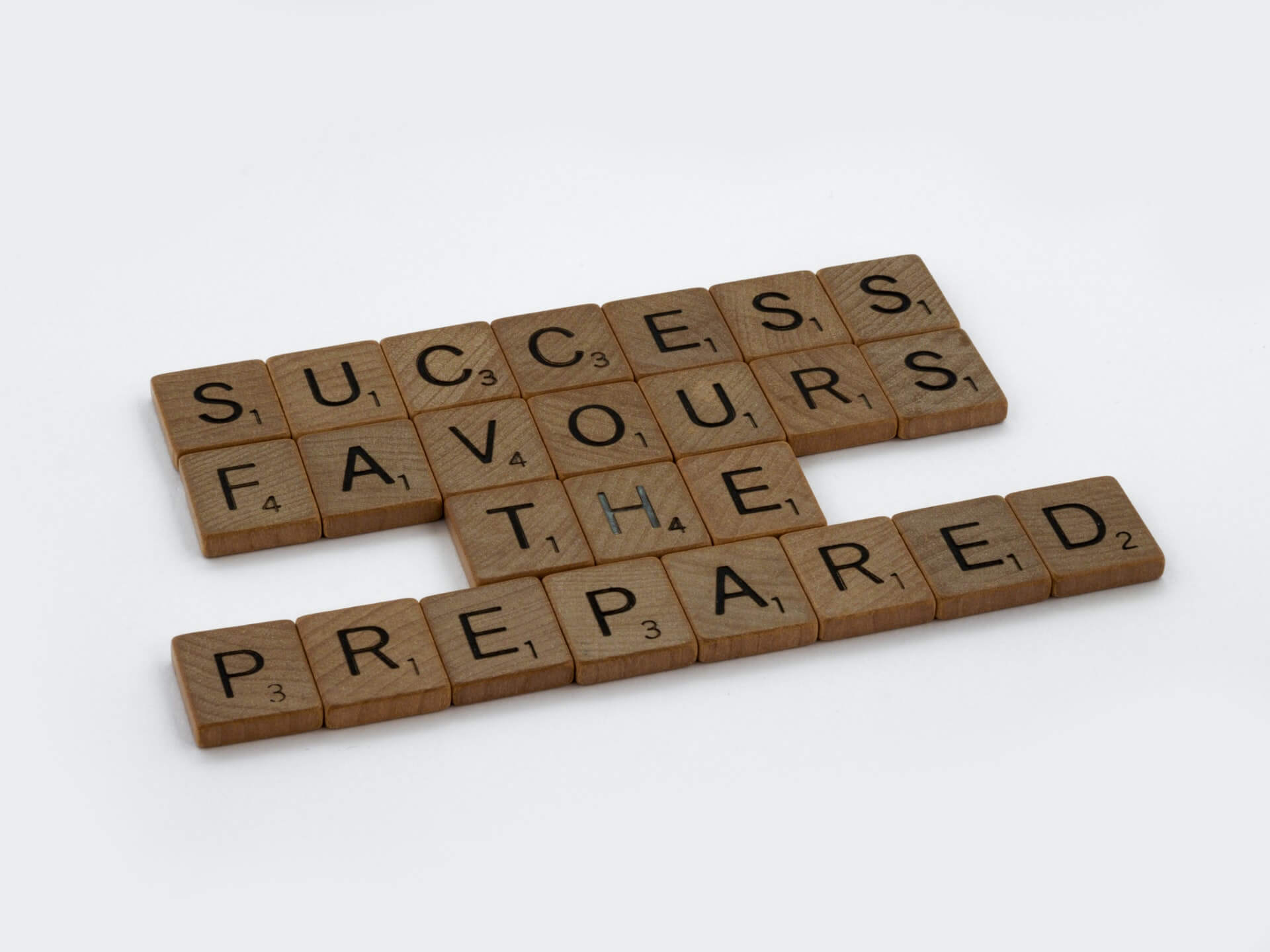In the event of an emergency occurring at work, the most important thing is to call the relevant emergency service as soon as it is safe to do so and request their assistance.

But there are things that we should be doing before the emergency even occurs in order to ensure the safety of all of those that are likely to be involved.
Assess risks
In the UK, if your organisation employs 5 or more persons then you are required to hold a written assessment of occupational health and safety risks. Through conducting this risk assessment, you should have identified all of the risks and hazards that are likely to cause harm, and therefore have identified anything that may result in an emergency situation.
Some common risks that may result in an emergency situation:
Fire
You would be hard pressed to come up with a workplace that doesn’t have any risks associated with fire safety, even working from home has fire risks that need to be controlled.
Working at height
 The physical impact on the body from a fall resulting from working from height can lead to hospitalisation and death. Your organisation should be fulfilling its legal duties to keep people safe by putting in place controls to reduce the risk of working at height, but many people don’t understand that working from height doesn’t just apply to scaffold towers, skyscrapers and roofs.
The physical impact on the body from a fall resulting from working from height can lead to hospitalisation and death. Your organisation should be fulfilling its legal duties to keep people safe by putting in place controls to reduce the risk of working at height, but many people don’t understand that working from height doesn’t just apply to scaffold towers, skyscrapers and roofs.
Working from height is defined by the Health and Safety Executive as “Work in any place where, if precautions were not taken, a person could fall a distance liable to cause personal injury”, so this includes the use of equipment like a ladder (even a small step-ladder) as working at height, if it is liable to cause injury.
Even when controls are put in place, there may still be risks that may require an emergency response, for example if you’re employing a fall arrest system that involves a harness, you will need to have an internal emergency response in place for retrieving people when they have fallen, in order to prevent the onset of suspension trauma.
Use of electrical equipment
Even a small electrical shock can cause fibrillation to occur if it passes through the heart. It is essential when this occurs that a person receives medical treatment, including the use of a defibrillator, as soon as possible. If workers are at higher risk because they work with live wiring or wiring that has the potential to be live, a system needs to be in place to help them if they come into contact with live current.
In the UK, if your organisation is not conducting risk assessments you may be in breach of the Health and Safety at Work Act 1974, and the Management of Health and Safety at Work Regulations 1999. If this sounds familiar you’ve come to the right place at least, ACT offer many training courses that are specifically designed for the management of risk and conducting risk assessments.
Pre-preparedness
 In an emergency situation you need everyone involved to know what to do. Depending on the emergency, and the nature of the situation, this will be different. In the UK we have relevant emergency services that can be called for advice and assistance for nearly any issue.
In an emergency situation you need everyone involved to know what to do. Depending on the emergency, and the nature of the situation, this will be different. In the UK we have relevant emergency services that can be called for advice and assistance for nearly any issue.
Depending on the risks that you have identified in your risk assessment, you should provide relevant contact information to all staff and visitors that may need it. This is usually in the form of informational posters, leaflets, procedures, and a company handbook.
Fight, Flight, Freeze in Emergency Situations
Having an awareness of how to behave in an emergency can help to combat ‘fight, flight, freeze’, which is the way that humans react when they face stress.
Fight, flight, freeze is a physiological response to an extremely stressful situation whereby you will perform one of three actions:
- Fight – You fight the thing causing stress. Effective against emergencies involving aggressive humans and sharks. Ineffective in the event of a fire.
However, if you can’t right hook the thing causing stress into submission, you may take charge of the situation and help those around you. - Flight – You flee and try to leave the thing causing stress. Effective against fire. Ineffective against providing first-aid/assistance to an injured party.
- Freeze – You freeze, are unable to move, act and, in some circumstances, even think. The stress has overcome you and you are not in control of your body. Effective against nothing.
The issue with ‘fight, flight, freeze’ is that it’s a roll of the dice as to which you will get. You may think that in the event of an emergency you’ll be able to take charge and heroically save everyone but that really is not the case.
The reality is that in the event of an emergency we often go straight from conscious to auto-pilot.
So how do we combat this?
- Awareness – Make sure that everyone knows what can cause an emergency, what they should do in an emergency, and how to stay safe. This often includes awareness training, or simply telling people how you expect them to act when they visit your site. Visualising what you will personally do in an emergency situation is one of the most effective ways to have a favourable outcome in the event of an emergency. Note: This is why the flight attendants point out the nearest emergency exits and go through the what to do in an emergency at the start of every flight.
- Training – Train people in specific emergency response functions. A fire marshal that can take charge of a situation and lead people to safety is invaluable in the event of a fire, and a first aider that can provide aid until the emergency services arrive can save lives.
- Drills – Run drills for the relevant emergencies to your site. The more people practice something the more likely that they are to be able to call upon that practice in the event of an emergency and act accordingly. The more times that you drill leaving a burning the building, the more automatic it will be when it’s the real deal.
In nearly every emergency situation, the most important thing is to take action quickly, or call someone that can act if you don’t know what to do.